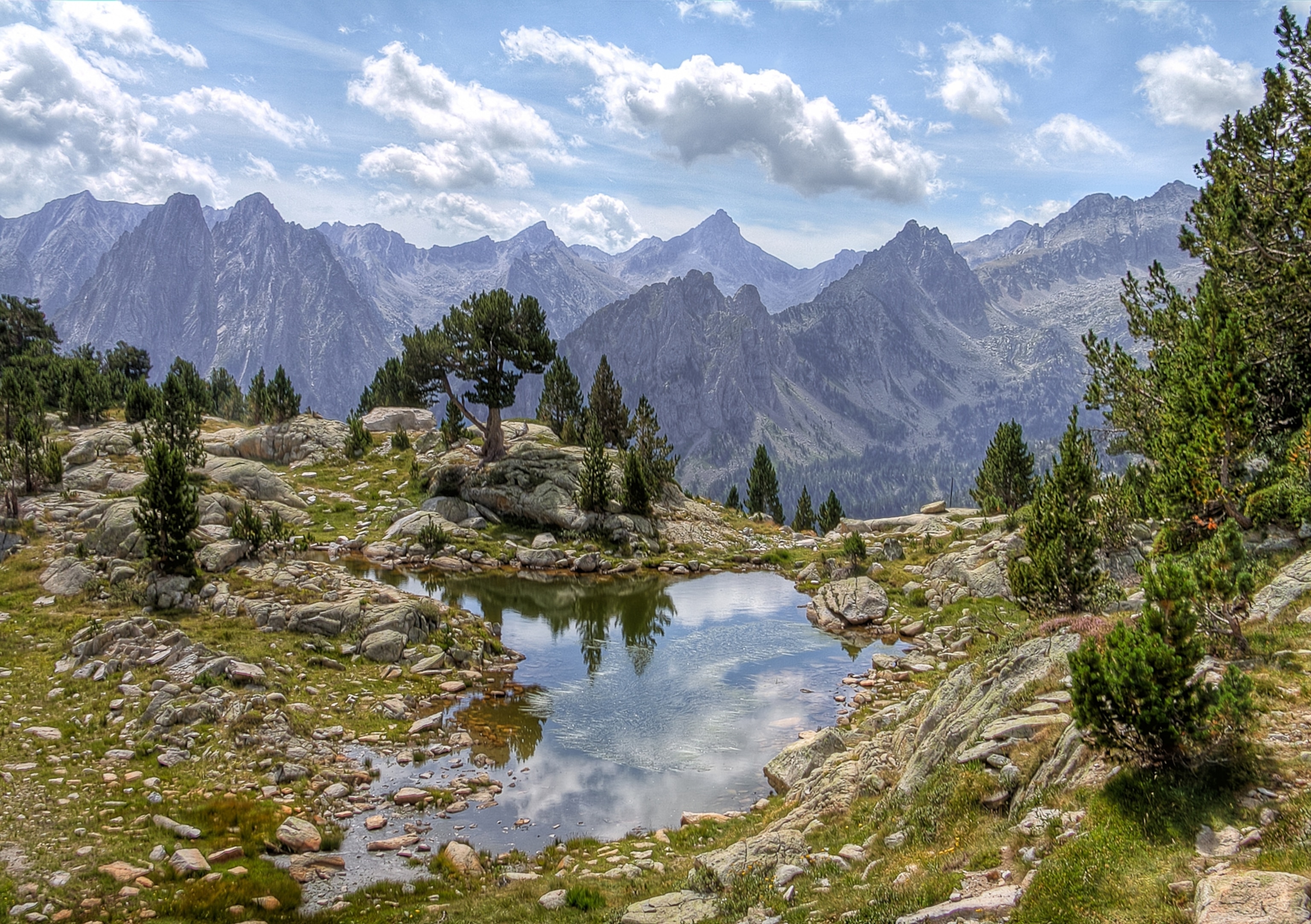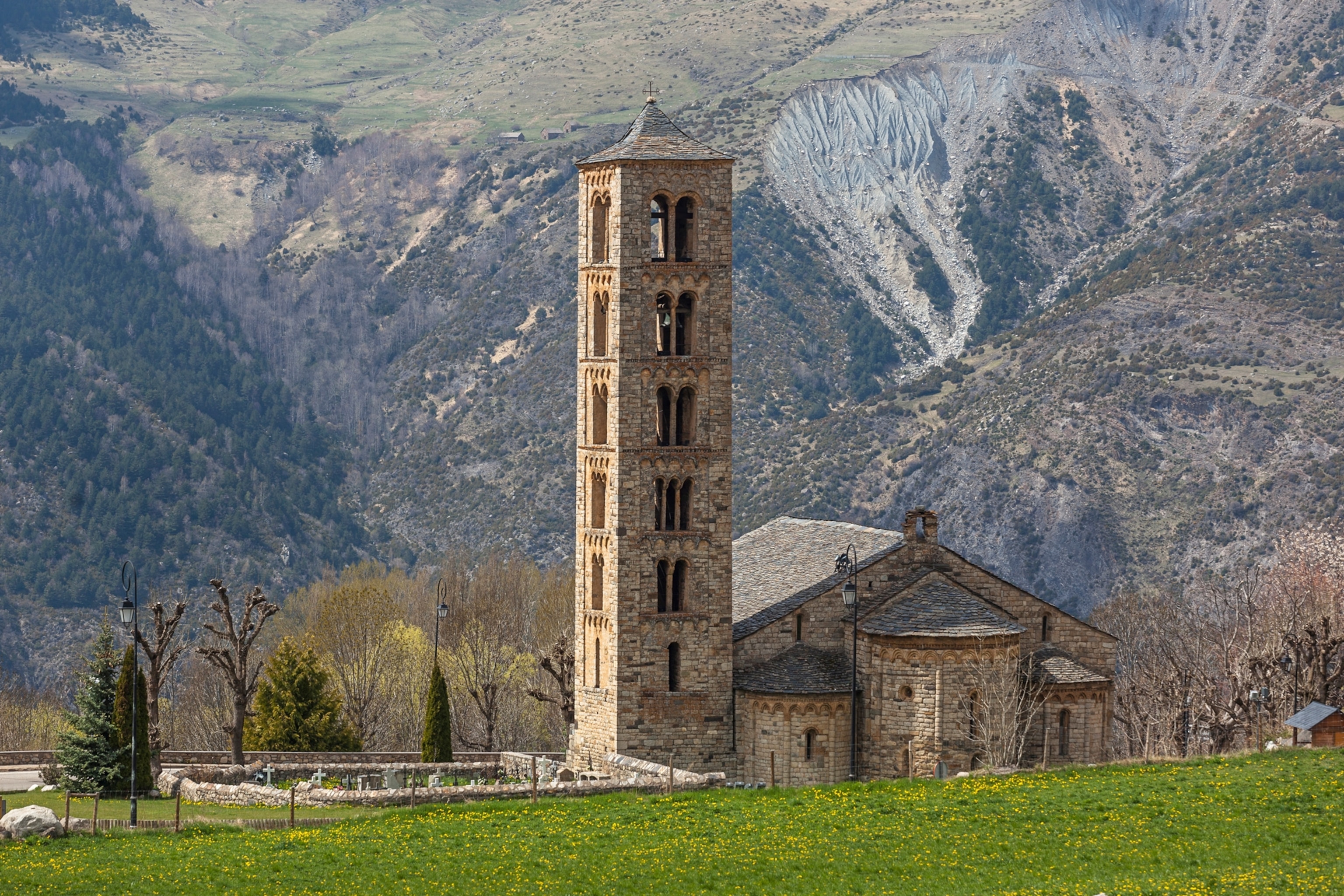
Tired of Barcelona’s crowds? Take a wild break
Solving overtourism: Catalonia’s only national park offers plenty of room to roam.
There are lots of reasons to see Barcelona at least once in a lifetime. But in recent years, the city has suffered from the effects of too many visitors. Crowded landmarks, frustrated locals, and stress on the qualities that make the city special are among the impacts. What’s a traveler to do? Easy: expand your horizons.
To kick off our series on finding solutions to overtourism, we take a trip to Spain’s sole national park in Catalonia, which features some of the area’s best hiking trails, along with historical and cultural highlights. Here’s what to know about Aigüestortes i Estany de Sant Maurici National Park in the heart of the Spanish Pyrénées.
About the park
Located four hours by car from Barcelona, the park—whose name translates from the Catalan as “winding streams and lakes of St. Maurice”—is a scenic mix of glacial lakes, waterfalls, and rushing streams, spiked by towering granite peaks with flanks clad in fir and pine forests. On the high pastures, carpets of wildflowers roll out in spring.
Due to the park’s wide range of altitudes, it has a variety of alpine vegetation. The lower valleys host European deciduous forests with pubescent oak, European ash, beech, or common hazel being the predominant trees. Former meadows and pastures used for farming are now usually covered with grasslands and shrubs, dominated by secondary forests with Scots pine.
Unique features
At the spa town of Caldes de Boí, on the west side of the park, hikers can rest their weary feet in hot springs. History awaits in the town of Taüll, where the lovely churches of Santa Maria and Sant Climent and their Lombard-style bell towers rise against a backdrop of verdant meadows and craggy peaks. In winter, this area becomes the realm of skiers at the Boí Taüll resort, which reaches 8,060 feet.

The steep-sided valley known as Vall de Boí has the most impressive group of Romanesque churches in the world, their tall slender towers pointing heavenward from the valley floor. These UNESCO-listed churches were built between the 11th and 14th centuries.
Find out which Spanish region is one of Nat Geo Travel’s Best Trips for 2020.
But it is when you leave the town and head into these hills that the true magic of this park begins to reveal itself: You might come across horses wearing cowbells, or embark on a quixotic search for the Estany Perdut (Lost Lake) and Agujas Perdut (Lost Mountains). Perhaps you’ll find the century-old bonsai pine tree growing out of a rock near the Estany Llong (Lake Llong), or seek out the famous 600-year-old, 20-foot-thick black pine that has stood here since Columbus set sail from Spain in August 1492.
Best trails
The crystalline lake of Estany de Sant Maurici is among the most popular scenic spots within the park. The inviting trail connecting the villages of Espot and Boí leads past this glacial lake, which owes its existence to the impenetrable granite rock of these mountains.
Another highlight in the area is the spectacular Estret de Collegats, a narrow gorge gouged by the torrential Noguera River, where you’ll see the Roca de l’Argentina, a rock face dripping with icy stalactites.
The Marmot Trail is a particularly picturesque hike, leading past the Cavallers dam and finishing at Estany Negré (Black Lake), while the Estany Llong trail takes you into the inner realms of the park along the Aigüestortes plateau.
Love hiking? Read all about these stunning, under-the-radar trails in Europe.

To get a sense of the history of these mountains, take the Camins Vius (Living Paths). This route travels along traditional valley paths, most dating back to medieval times and some even older, through the villages surrounding the park, passing through Alta Ribagorça, Vall d’Aran, and Pallars Sobirà.
Wildlife spotting
The park hosts many creatures to look for on your hikes: Among its avian inhabitants are capercaillie, rock ptarmigans, golden eagles, griffon vultures, and bearded vultures. The bearded vulture is the common name for the brownish black-feathered lammergeier, an impressive indigenous bird with a wingspan of almost 10 feet. Walkers in the woods might also spot the black woodpecker or the red-billed chough.
The park’s mammal species include Pyrenean chamois, stoat, alpine marmot, and fallow deer. The relatively small roe deer (about 3 feet long) were introduced to the park during the second half of the 20th century.
Although the park is not exactly aslither with amphibians, look for the well-camouflaged Pyrenean brook salamander, and especially for the asp, or aspic viper, a poisonous snake that should not be provoked. Throughout the park, the lakes and rivers teem with brown trout.
What to know
Because of the park’s high altitudes—its tallest peak is Pic de Comolaforno at two miles—many of the trails are open only in spring and summer. Between May and June, the streams are at their fullest, and colorful wildflowers begin blossoming in June and July.
Even in summer the weather is changeable, so head out prepared. The park’s trails are well marked, and the longer routes have refuge huts; the Espot-Boí trek is about 15.5 miles and takes about nine hours to complete.
- National Geographic Expeditions







